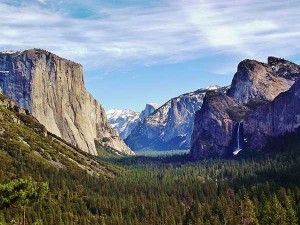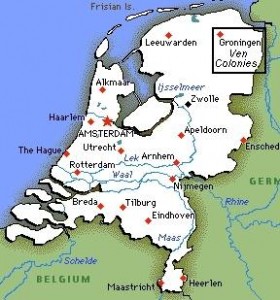
Scenic landscape of Yosemite Valley. Source: Wikimedia Commons
When most people think of national parks they think of famous examples such as Yellow Stone and Yosemite in the United States or the Serengeti in Tanzania. These parks are large in scale with an emphasis on wild life conservation and the preservation of scenic landscapes.1 Human activity and presence is restricted and regulated and people are mainly visitors. This does not imply that the nature in these places has been untouched by humans. In Yosemite for example there was farming in the past and the management of he park is far from passive. The question is not wether untouched nature is good and anthropocentric influence on natural systems is less desirable.2 The question is wether we would like to protect nature for the sake of nature or for the benefit of ourselves and other species. It is a question of grades of human interference and impact not one of untouched nature.
In recent years discussions of how to protect nature has been intensified with the debate surrounding the rewilding of landscapes outside of these national parks and some have propose to give more space to nature and restrict human activity.3 A new take on this debate will come from famous biologist E.O. Wilson in a forthcoming book which proposes to set half of the land surface of the earth apart for wildlife. Unlike some others his take on rewilding is anthropocentric and he does not want exclude people from nature but regards them as an integral part of it.4 This sounds all quite novel but the reality is that in many countries nature conservation and human activity have never been separated like in Yosemite or the Serengeti. Continue reading



Recent Comments